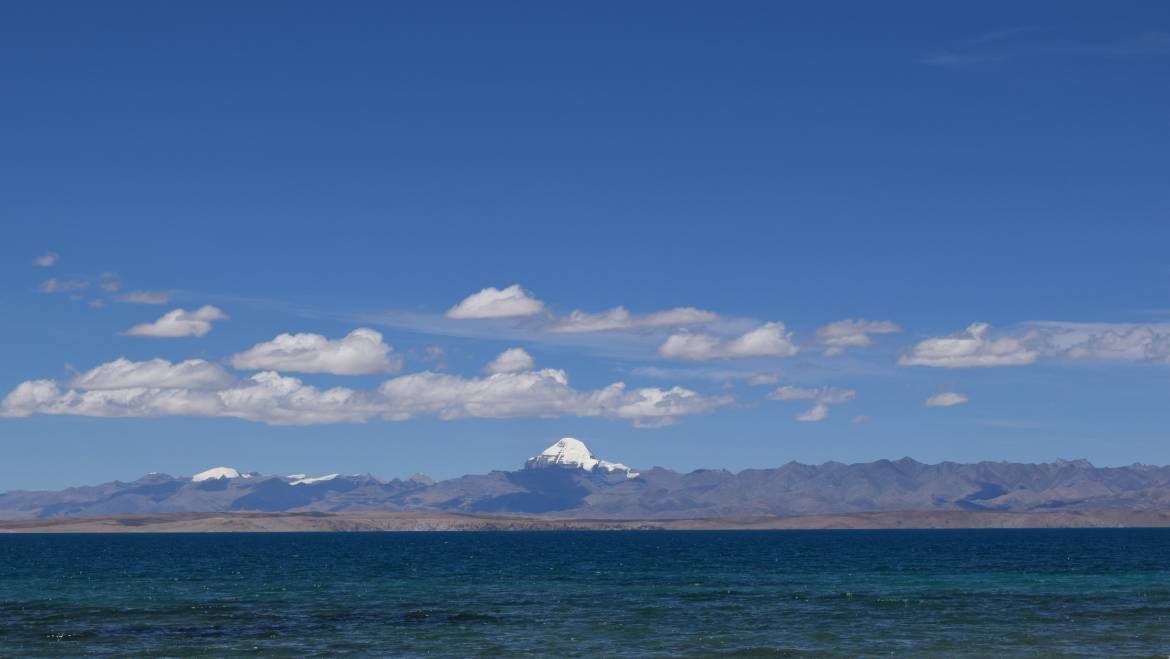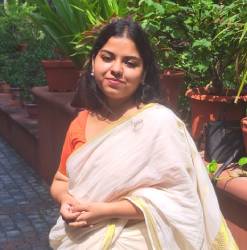An important pilgrimage for the followers of Hinduism, Jainism, Buddhism and Bon religions, The Kailash Mansarovar Yatra is an annual event that devotees take up to visit the holy Mount of Kailash and the nearby lake of Mansarovar. The pilgrims come from all over the country to witness the divinity of this mythical mountain, worshiped as the abode of Lord Shiva. The yatra takes many days to complete and includes long treks on rough terrains at high altitudes. As rough the path may be to the holy mountain, it does not deter the devotees from taking up the pilgrimage year after year. What attracts people to this mountain is the history and significance behind it.
Significance of Kailash Mountain and Mansarovar Lake
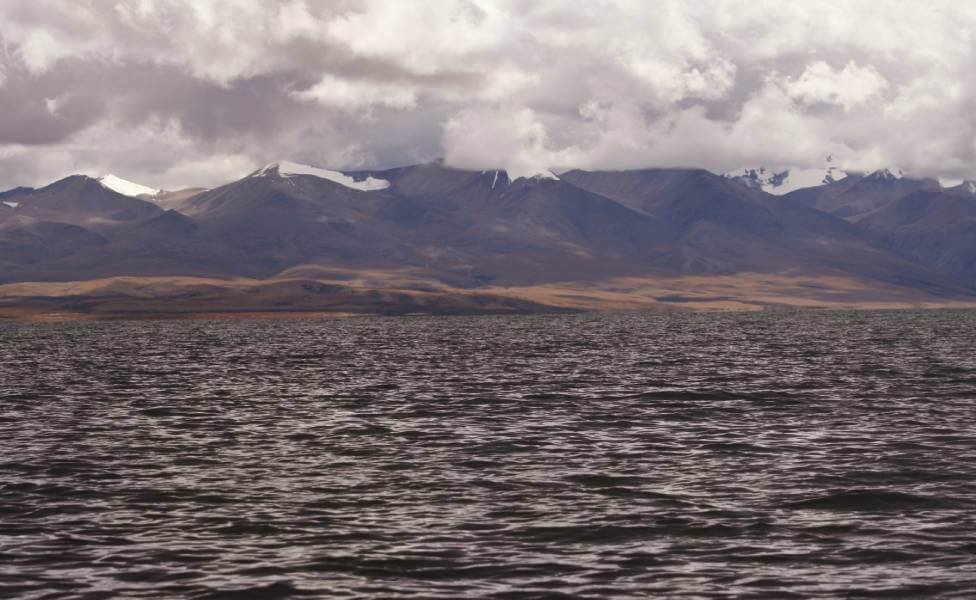
Mount Kailash is a majestic mountain made of black rocks with a dry and rugged terrain. Located in the south-western part of Tibet, the mountain sits at a height of 21,778 ft. and is part of the Trans-Himalayan mountain ranges. Mount Kailash is highly revered among the religions of Hinduism, Buddhism, Jainism, and Bon, the native religion of Tibet.
The Bons have since forever understood the mountain to be a sacred one, the Hindu devotees worship the mountain and believe it to be the place where Shiva resides, whereas Buddhists believe it to house the Demchok form of Buddha, and for the Jains, Mount Kailash is where the first Tirthankara (or religious leader) found freedom from the cycle of rebirth. The mountain is also believed to be the center of the universe according to Hindu Puranas and Buddhist texts whereas the Bons view the mountain as a 9 storeyed Swastika mountain, since the south side of the Kailash does resemble a huge Swastika.
Mount Kailash is also the source of 4 rivers which flow in 4 different directions, namely the Brahmaputra, Indus, Sutlej, and the Karnali, which is a tributary of the River Ganges.
Situated at the foot of Mount Kailash, lies the holy lake of Mansarovar. The lake owes its name to Lord Brahma who formed the lake in his mind which later descended on the earth. Here, Manas means mind and Sarovar means a lake, hence the name. Mansarovar is a freshwater lake with crystal clear waters, and is a major pilgrimage site near Mount Kailash.
Yatra and Places to Visit on the Way
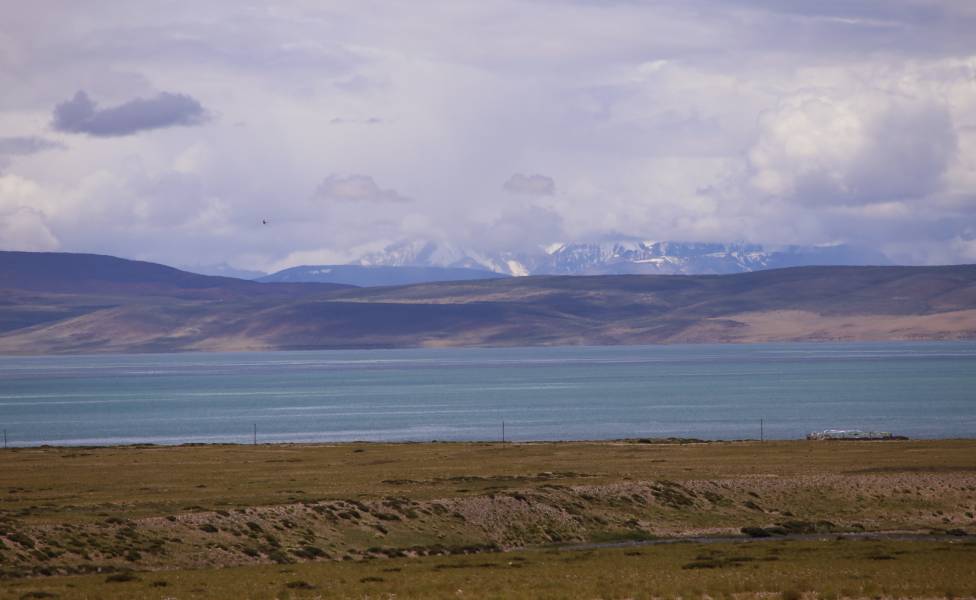
The Kailash Mansarovar Yatra is undertaken by devotees of Hinduism, Buddhism, Jainism, and Bon religion who hold the mountain in utmost reverence. The Yatra includes a walk around the holy mountain followed by cleansing yourself with the water of the Mansarovar lake.
The walk around the mountain, also called the Parikrama or Kora, is 53 km in length and is completed over a span of 3 days, since the terrain is at a high altitude and completing the Kora in 1 day is not physically possible for most people. The Kora consists of Outer Kora and Inner Kora. These are the 2 routes using which the devotees can complete their pilgrimage.
The Hindu and Buddhist devotees complete their Kora in the clockwise direction and the Jain and Bon followers do it anti-clockwise. The Outer Kora takes longer to cover than the Inner Kora but the latter is more difficult due to its rough route. The Inner Kora which leads to the south face of Mount Kailash, covers a lesser distance of 34 km but still takes 2 days to cover since the Inner Kora is more challenging with its pathway that is built between cliffs and elevated passes. Both the Kora start from Darchen.
En route, the Inner Kora covers destinations such as the Nandi Parvat, Saptarishi Caves, Ashtapad, Atmalingam, and the Kuber Kund. Apart from these, the Inner Kora also houses 2 monasteries namely the Selung Gompa and the Gyangdrak Gompa. There are 3 monasteries on the Outer Kora as well which are the Chukku Gompa, Drirapuk Gompa, and the Dzultripuk Gompa.
Places that you might discover on your yatra include:
Yam Dwar
The Yam Dwar is located in the region of Darchen and marks the starting point of the Kailash Mansarovar Yatra and is known as the ‘Gateway of the God of Death’. Yam refers to the Hindu God of Death, Yamraj and Dwar means a gate. Before starting the 3 day long Parikrama, pilgrims are required to pass through the gate. It is believed that on crossing the gate one is freed from the sins committed in the past and is cleansed from all negative energy. It is also believed that the God of death, Yamraj himself stands guard to prevent people with negative energy from entering Mount Kailash. For the Tibetans, the place is called Tarboche and the flagpole atop the gate is installed annually during the 4th Lunar month of the Tibetan calendar on the full moon in a religious ceremony. Due to the place’s affiliation to death the locals highly advise against spending the night at the Yam Dwar and also recommend to keep walking forward without looking back after crossing the gate, until the gate is no longer visible.
Rakshas Tal: As holy as the Mansarovar Lake is believed to be, the Rakshas Tal is believed to be the exact opposite. An antithesis of the Mansarovar, the Rakshas Tal lies adjacent to it. If Mansarovar is a freshwater lake, Rakshas Tal is a saline one, the former said to represent light and the latter darkness. Due to which, it has no vegetation or aquatic life in it which according to the locals is also due to the lake being poisonous and consider it a bad omen. The lake is one of the places to see during your Yatra but unlike the other destinations, this one is not considered auspicious at all. According to legends, this is the place where the king of Lanka, Ravan meditated to attain blessings from Lord Shiva. It is also said that it is after taking a dip in the Rakshas Tal Lake that Ravan lost his virtue and was imbibed with negative energy.
Gauri Kund
Lying near Mount Kailash, the Gauri Kund is another holy lake that you will come across during your Yatra. The lake belongs to Goddess Parvati, consort of Lord Shiva and is said to be the place where she created Lord Ganesha. The water from the lake is considered to be pure and is believed to cure ailments which are also why many devotees choose to carry some amount of it back with them. The Goddess is still said to reside in the lake and is therefore a deterrent for many devotees to visit the lake who do not want to disturb her.
Nandi Parvat
Nandi Parvat is said to be the mountain form of Lord Shiva’s Nandi. Nandi is the sacred bull deity of the Lord who is also his most ardent devotee. Lying below the south face of Mount Kailash, the Nandi Parvat is one of the most important peaks and sites to visit during the Kailash Mansarovar Yatra. It is believed that Nandi helps the devotees of Lord Shiva when he is meditating. While in deep meditation, Lord Shiva cannot hear the prayers and wishes of his devotees, it is then Nandi who listens to the devotees and delivers the prayers to him.
Ashtapad
Ashtapad is a Jain Pilgrimage site, important since it is the place where Rishabhdeva, the first Jain Tirthankara attained Nirvana or the freedom from the cycle of death and rebirth. Ashtapad literally translates to ‘8 steps’, but has also been interpreted to mean a series of 8 mountains. It finds mention in the Jain Puranas and is believed to be located on the southern face of Mount Kailash.
Saptarishi Caves
The residing place of the 7 rishis or sages, the Saptarishi caves are another important site you will come across while going through the Inner Kora. These sages are the followers of Lord Shiva and are named:
- Bharadwaja
- Bhrigu
- Atri
- Gautama
- Kashyap
- Vishwamitra
- Vashisht
Each of them are said to represent the 7 elements that make up the universe which are air, water, nature, sky, fire, spirit and stone. Currently there are 13 Chortens or Buddhists Stupas built inside the cave which is managed by the Gengta Monastery.
Tirthapuri
Tirthapuri is a Buddhist pilgrimage site and is located at a distance from Mount Kailash. The site is visited by most pilgrims after completing their Kora where the pilgrims have a soak in the hot spring. The site has many Chortens or Buddhist Stupas adorned with colorful prayer flags. The Vajravarahi Cave, inside the Tirthapuri Monastery is important since here is where the revered Guru Rinpoche meditated.
Registration for Kailash Mansarovar Yatra
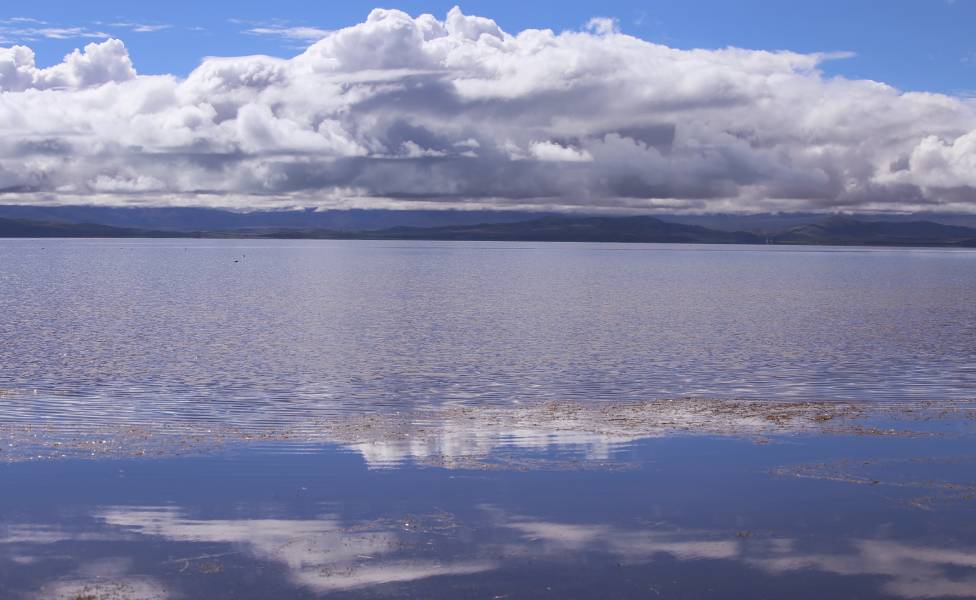
The Kailash Mansarovar Yatra is organized by the Ministry of External Affairs, Government of India annually between the months of June to September. The Yatra is only accessible to Indian citizens who hold a valid Indian passport only. Foreign nationals are not accommodated for the Kailash Mansarovar Yatra by the Government.
Since the yatra involves a number of treks that are to be undertaken at high altitudes with rough and unfamiliar weather conditions, the government will conduct some tests to assess if the applicants are medically and physically fit to participate. It is important to be healthy and medically fit to take up the yatra since the route that the yatra takes hardly has any medical facilities that could aid you in case of an incident.
The Kailash Mansarovar Yatra is organized with the support of the state governments of Uttarakhand, Delhi, and Sikkim, along with the efforts of the Indian Tibetan Border Police (ITBP) and can be accessed through 2 routes:
- Through the Lipulekh Pass in Uttarakhand
- Through the Nathu La Pass in Sikkim
The basic eligibility criteria for the yatris as laid down by the Ministry of External Affairs are as follows:
- Must be a citizen of India
- Possess an Indian passport which is valid for at least six months as on 01 September of the current year
- Age should be minimum 18 and maximum 70 years as on 01 January of the current year
- Body Mass Index (BMI) of 25 or less
- Should be physically fit and medically healthy
- Foreign nationals are not eligible to apply
The application process begins by filling out the online application on their website, after which the yatris are selected by a fair, computer-generated lot process. If selected, the participants will be notified via email or on their mobile numbers.
After being notified, the participants will have to confirm their participation by paying a confirmation fee, which is non-refundable and will not be reimbursed at any stage of the application process, even if the participant is unable to attend the final yatra. The participants will be required to re-confirm once again about their interest, after which they are to report to the Delhi Lung and Heart Institute at Delhi to check their fitness levels for participation.
The state government of Delhi arranges for common boarding and lodging facilities for the yatris during their stay, but separate stays can be arranged by the yatris on their own expense if they intend to do so.
Documents that the Yatri (Pilgrim) have to bring on reaching Delhi include:
- Ordinary Indian passport which is valid for at least six months as on 01 September of the current year
- 6 copies of colored, passport size photographs
- Indemnity Bond executed on a non-judicial stamp paper of Rs.100, or as applicable locally, and authenticated by a First Class Magistrate, or Notary Public.
- Undertaking for evacuation by helicopter in case of emergency.
- Consent Form for cremation of mortal remains on Chinese side in case of death there.
Note: These forms are available on the website for the Kailash Mansarovar Yatra itself.
After completion of the yatra, the yatris have the option of ending their trip either at Delhi or at Dharchula if they took the Lipulekh route or Gangtok for the Nathu La route.
Things to Keep in Mind- How to Plan for the Kailash Mansarovar Yatra?
Pilgrims who have already been on the yatra organized by the Ministry more than 4 times before will not be given priority during the application process and the applicants who are legally bound to not leave the country would not be eligible to apply for the Yatra.
Pilgrims are advised to carry their required medicines for the duration of the trip, dry foods to eat during the Kora, woolen caps and scarves to protect from the harsh winds of the region, sunscreens with high a SPF count, warm gloves, woolen sweaters and jackets, trekking shoes, rainproof poncho to protect you and your bag from rain and snow, sun glasses, water bottles, face masks, and basic toiletries including toilet papers.
For a smooth travel it is also advised to carry cash in the currency of Chinese Yuan, since Mount Kailash lies across the borders.
The process to visit the holy mountain of Kailash is a long one and can be tedious but it is something you must experience. The abode of Lord Shiva, situated among the snow capped mountains with the many stories and legends of the mountain itself truly makes it an unforgettable experience.
Like & Follow our social media accounts at Twitter, Facebook, Linkedin & Instagram for getting the latest updates & offers on holiday packages.
Disclaimer: We do not take credit for some of the licenced paid images used in our blogs, whether from Google Images, Fotolia & Shutterstock. All such images are the copyrights of their respective owners and we try to provide credit for them wherever we can. If, however, any copyright image has been used on our blog, the concerned person can either mail us directly to remove the image or provide credit to whomsoever the image may belong to.
Frequently Asked Questions
Where are Mount Kailash and Lake Mansarovar located?
Mount Kailash is located in the south-western part of Tibet, sitting at a height of 21,778 ft. and is part of the Trans-Himalayan mountain ranges. Lake Mansarovar is situated near the southern face of Mount Kailash and forms the essential part of the yatra.
What is the religious significance of the Kailash Mansarovar Yatra?
Mount Kailash is highly revered among the religions of Hinduism, Buddhism, Jainism, and Bon, the native religion of Tibet. The Bons have since forever understood the mountain to be a sacred one, the Hindu devotees worship the mountain and believe it to be the place where Shiva resides, whereas Buddhists believe it to house the Demchok form of Buddha, and for the Jains, Mount Kailash is where the first Tirthankara (or religious leader) found freedom from the cycle of rebirth. The mountain is also believed to be the center of the universe according to Hindu Puranas and Buddhist texts whereas the Bons view the mountain as a 9 storeyed Swastika mountain, since the south side of the Kailash does resemble a huge Swastika and consider it to be a good omen.
How long does the Kailash Mansarovar Yatra take?
The Yatra includes a walk around the holy mountain followed by cleansing yourself with the water of the Mansarovar lake. The walk around the mountain, also called the Parikrama or Kora, is 53 km in length and is completed over a span of 3 days, since the terrain is at a high altitude and completing the Kora in 1 day is not physically possible for most people.
When is the best time to undertake the Kailash Mansarovar Yatra?
The best time for the Kailash Mansarovar Yatra is between the months of May to September since the temperature is pleasant and is ideal for trekking.
How to reach Kailash Mansarovar?
The Kailash Mansarovar Yatra is organized by the Ministry of External Affairs, Government of India annually between the months of June to September. The Yatra is only accessible to Indian citizens, who hold a valid Indian passport, applications for which can be applied for online on their website.
What are the different routes available for the Kailash Mansarovar Yatra?
The different routes available for the Kailash Mansarovar Yatra include:
- Through the Lipulekh Pass in Uttarakhand
- Through the Nathu La Pass in Sikkim
Do we need special permits to undertake the Kailash Mansarovar Yatra?
Since Mount Kailash is across the borders of India, you would require certain permits to enter the Tibet Autonomous Region, which include a Chinese Visa, Tibet Travel Permit, Aliens’ Travel Permit and the Military Permit. These will be arranged by your travel coordinator.
What is the level of physical fitness required for the Kailash Mansarovar Yatra?
To undertake the Kailash Mansarovar Yatra it is necessary that you are able to withstand high altitude areas and are not prone to High Altitude Pulmonary Edema (HAPE) and High Altitude Cerebral Edema (HACE). Apart from these it is advisable that you have a healthy BMI of 25 or less and exercise regularly since the yatra involves long treks.
What kind of clothing and gear is recommended for the Kailash Mansarovar Yatra?
Since the yatra happens at a high altitude with cold temperatures, on rough terrains and windy climate, it is recommended that you wear layered clothing with thermal inner wears and thick, insulated jacket on the top, with woolen caps that also cover your ear. The trekking path can be dusty so it is advised to carry masks that cover your nose as well as sunglasses that protect your eyes from the harsh sun rays. Additionally, wear trekking shoes and wear woolen socks. Carry woolen gloves along with waterproof gloves and waterproof poncho to protect your backpack and yourself from rain and snow.
About the author
Sharon is a curious human who is always eager to learn about the history and mysteries of places, which she then brings to life with her words. A travel writer at Tour My India, her bucket list keeps expanding every day in search of places to explore.

 +91-9212777225
+91-9212777225 Plan Your trip
Plan Your trip